Getting enough omega 3? Tick. Plenty of antioxidants from fruit and veg? Tick. But what about choline?
This little-known compound is often referred to as the “brain-building” nutrient. It is neither vitamin nor mineral, but a key chemical needed by the brain and nervous system to regulate memory, mood and muscle control.
According to the British Medical Journal, most Western populations are not getting enough and it’s a problem exacerbated by the trend towards plant-based diets, since the best sources are meat, fish, eggs and dairy.
As choline is water-soluble, the body cannot store it, and although some is made in the liver you need to get most of it from food. There are currently no NHS guidelines for choline intake, but nutritionists think there should be given its important role in brain health.
The European Food Safety Authority has set a daily adequate intake of 400mg for adults. For reference, one egg contains 147mg of choline, 100g chicken breast has 117mg and 100g of salmon contains 113mg. Good plant sources include shiitake mushrooms, which contain 80mg per 100g, the same weight of butter beans has 44mg, broccoli 40mg and peas 30mg
Here are three easy ways to include more choline in your daily diet.
A cracking start
With two of the best sources of choline being eggs and fish, there is no better way to start the day than with the classic breakfast combination of smoked salmon and scrambled eggs. Whole grains also contribute a little to your daily choline tally. In fact, this breakfast tortilla contains more than half the EU recommended daily intake.
In a bowl, whisk together an egg, add a sliced spring onion, a handful of defrosted garden peas, 25g of smoked salmon cut into strips and a grind of black pepper. Place the mixture in a large frying pan on a medium heat, and when the eggs are nearly cooked place a whole grain tortilla on the top and press down gently.
Loosen with a spatula and flip the whole thing over, letting the tortilla toast for a minute or two underneath. Fold in half and eat while hot.
A choline one-pot meal
One-pot meals are all the rage these days; easy to prepare and light on the washing up, too. Chicken is the perfect one-pot ingredient. It’s not just packed with choline, but it’s also one of the best sources of lean protein with around half your daily requirement coming from 100g. You can pair it with broccoli and cheese, two more choline-rich foods, to make this delicious, family-friendly meal for four.
Preheat the oven to 190C. Place one head of broccoli florets in a large baking dish. In a bowl, mix 4 tbsp Dijon mustard, 1 tbsp olive oil, 2 tbsp apple cider vinegar, 6 tbsp of creme fraiche, two grated garlic cloves and 100ml water.
Add the mixture to the baking dish and stir well, then nestle four chicken breasts, skin side up, among the broccoli. Season well with salt and pepper and sprinkle over 100g grated cheddar cheese. Bake for 30 minutes, until the chicken is golden-brown and cooked through.
And if you’re plant-based…
It can be harder to up your choline if you don’t eat animal products. But two of the best plant sources are shiitake mushrooms and butter beans which you can combine in a hearty stew. This recipe serves two generously, with one serving containing over 100mg of choline.
Heat the oil in a large saucepan on a medium heat. Dice a small onion, one carrot and two celery sticks and gently saute for five minutes. Add two cloves of crushed garlic, 150g halved shiitake mushrooms, season and saute for five more minutes.
Add one can of drained butter beans, 500ml of vegetable stock, 3 tbsp creme fraiche, 2 tsp wholegrain mustard, 1 tsp dried herbs and 1 tsp cider vinegar. Mix well to combine. Bring to the boil, then turn down and simmer for 30 minutes, stirring occasionally.
Have you heard of choline? Have you tried other recipes to boost your brain health? Share your thoughts below
The little-known ingredient that will boost your brain health - The Telegraph
Read More
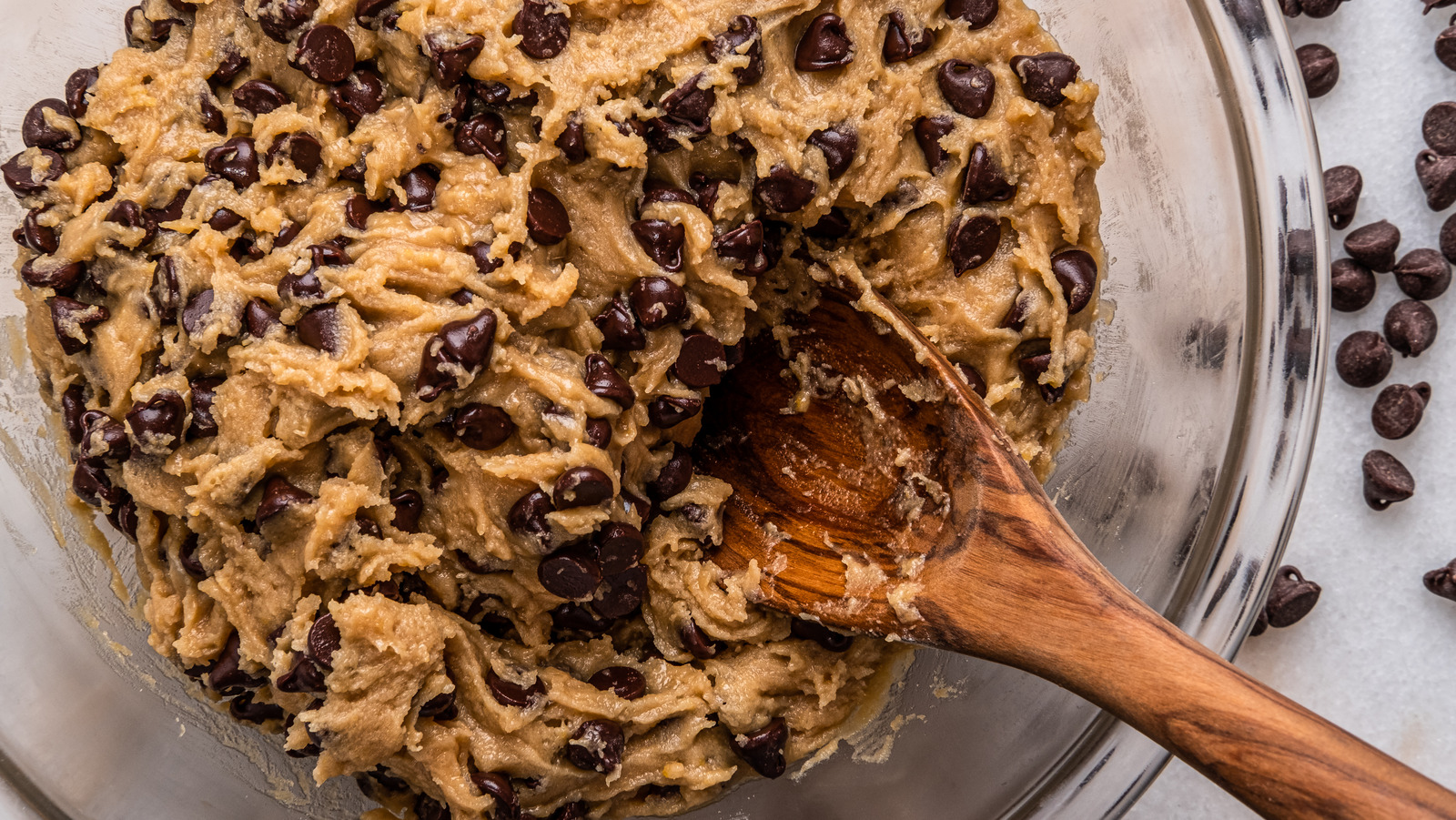



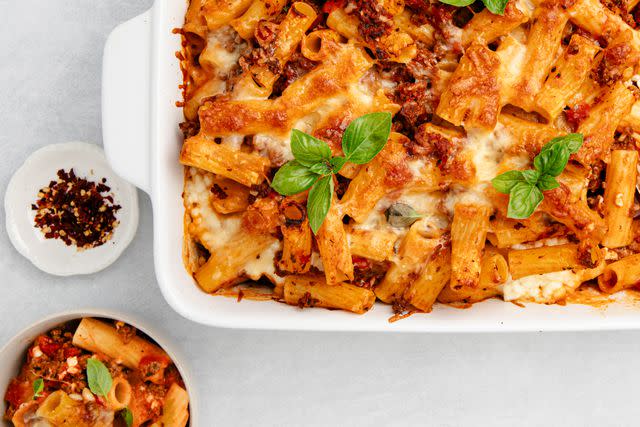
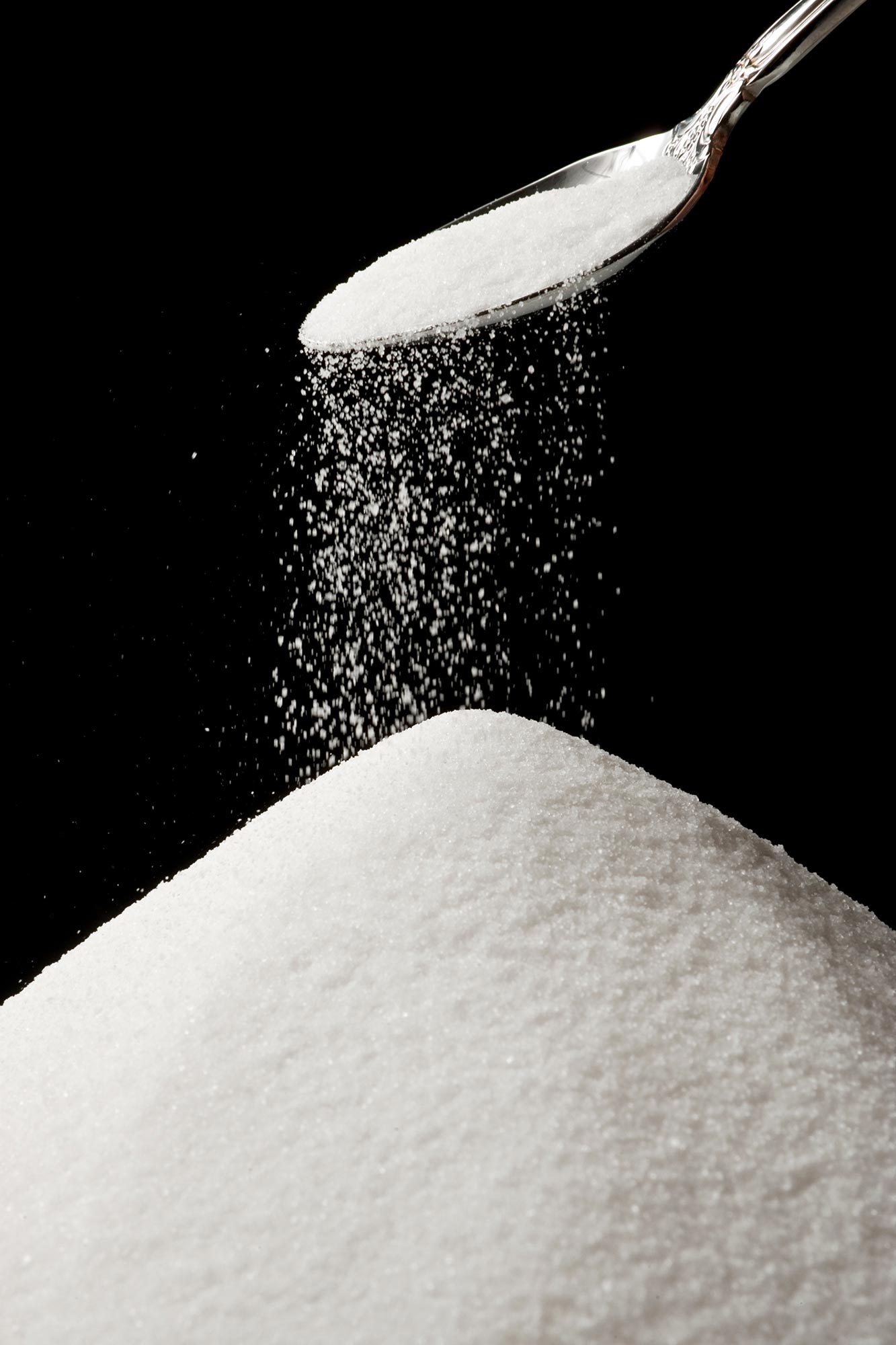

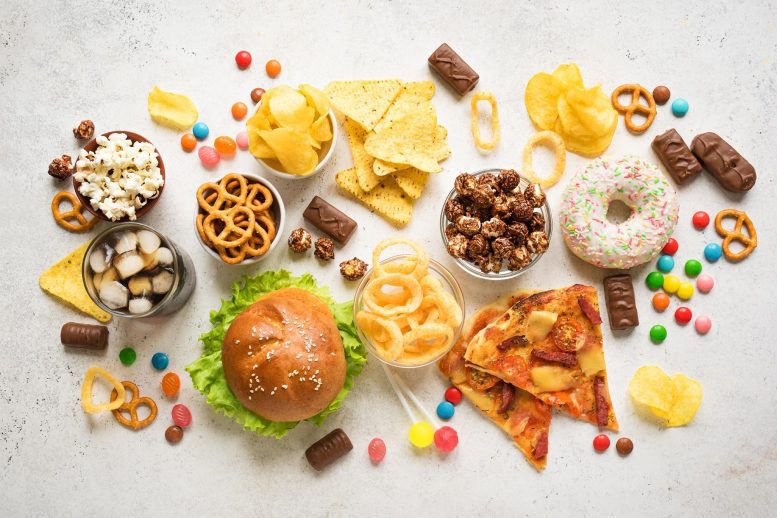
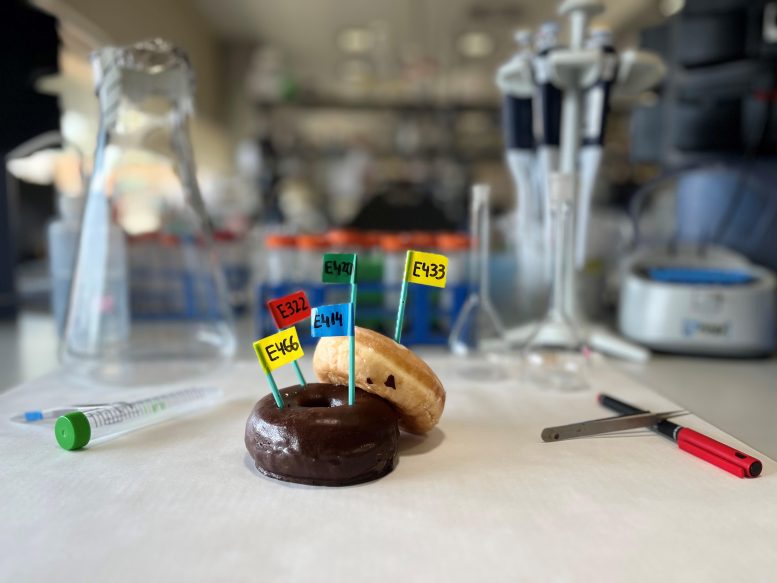

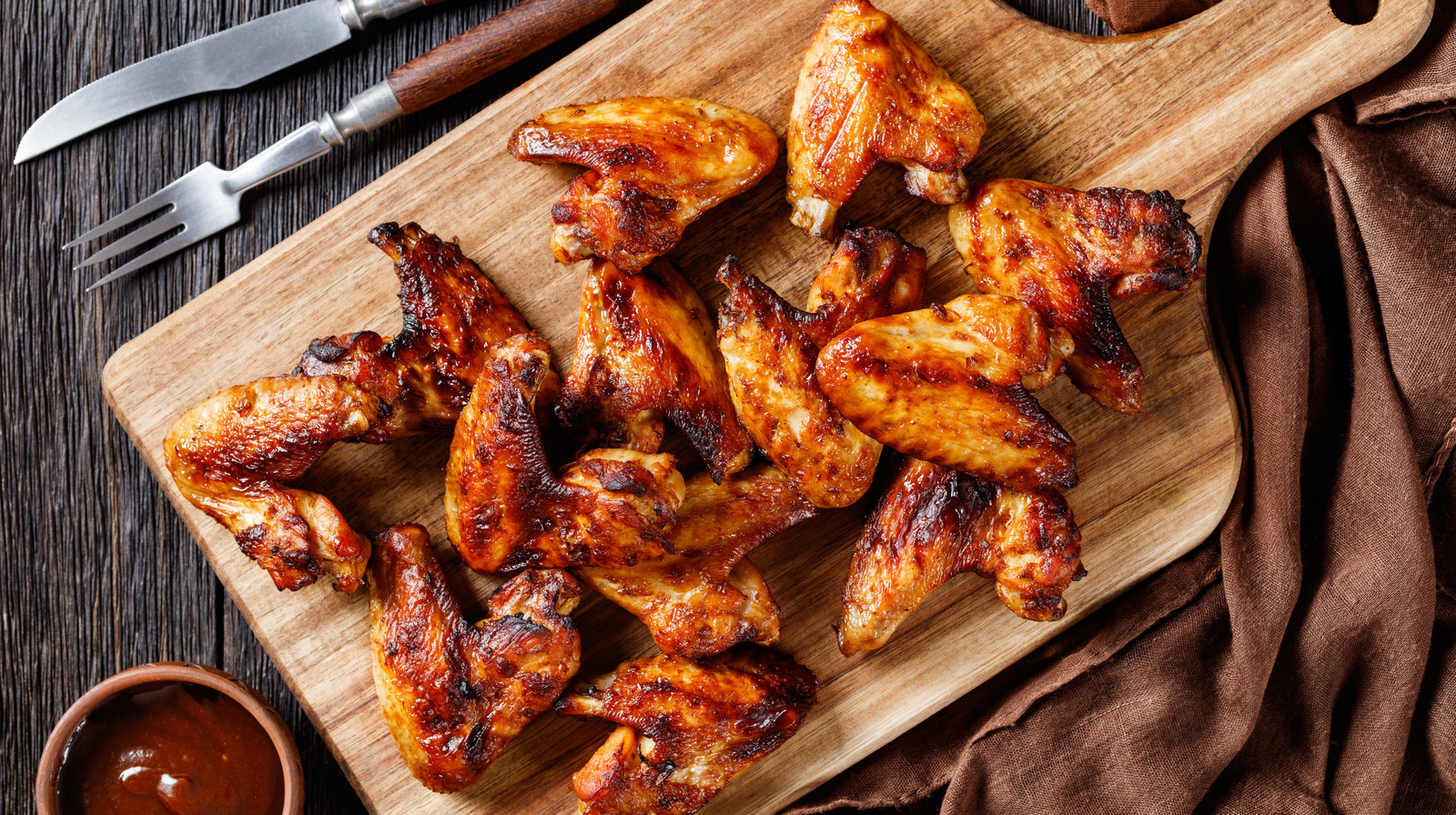
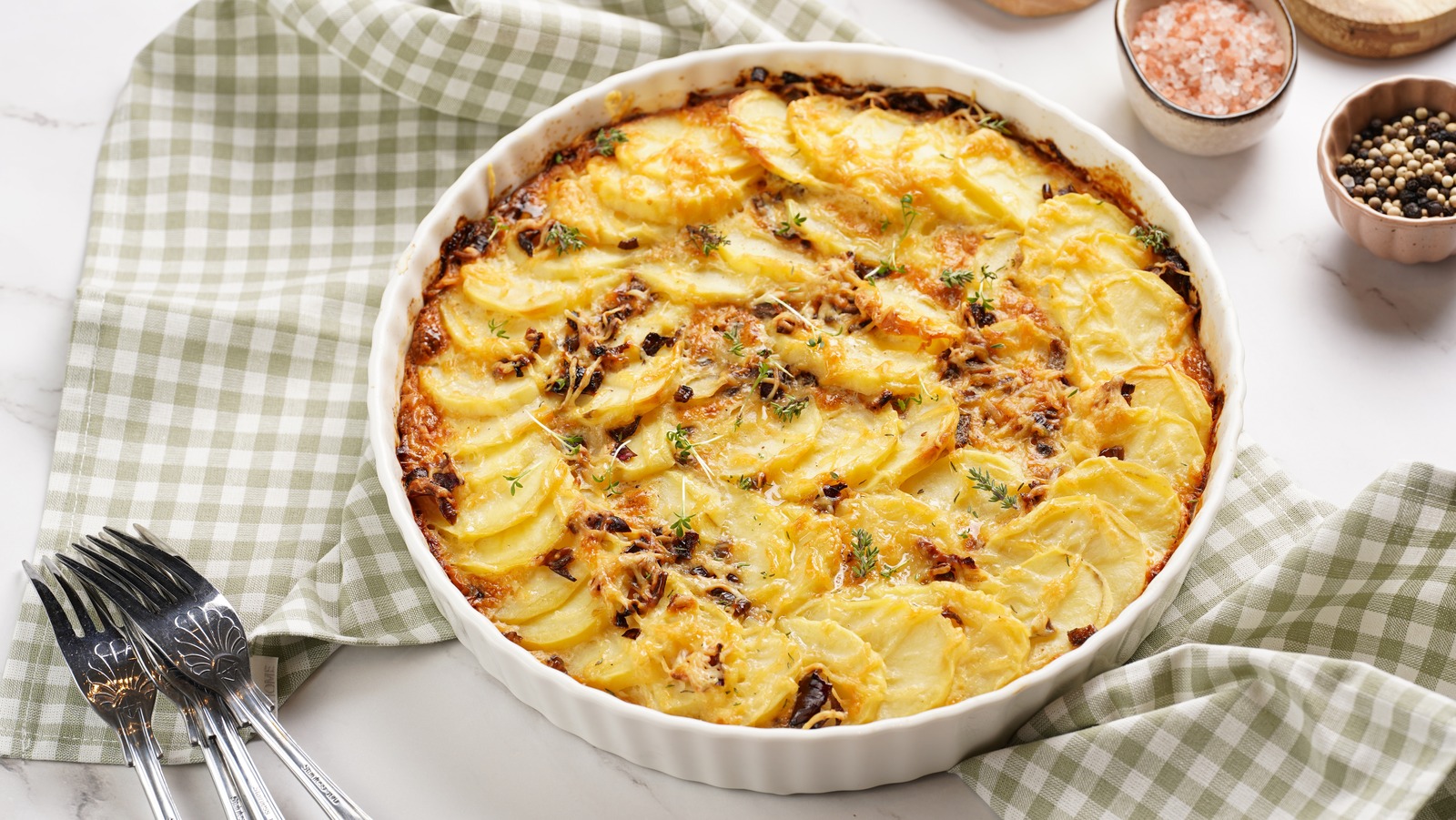

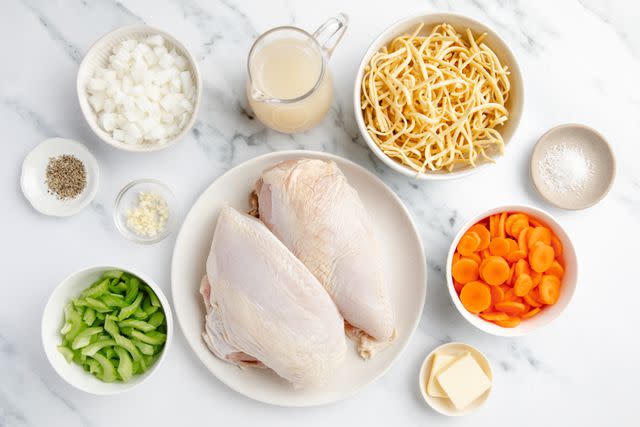

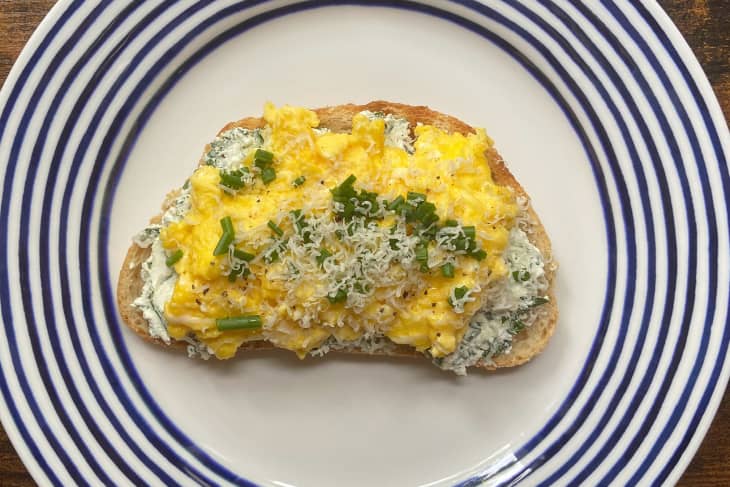
/cloudfront-ap-southeast-2.images.arcpublishing.com/nzme/DXO5ZMFC4JEHTNS3BTH7TOAOKM.JPG)
/cloudfront-ap-southeast-2.images.arcpublishing.com/nzme/I4LKVDV2NJFDZG2U7RXSE5MEJA.JPG)
/cloudfront-ap-southeast-2.images.arcpublishing.com/nzme/W6EGR732QRDMPI3BOVBU7PJHEI.JPG)
/cloudfront-ap-southeast-2.images.arcpublishing.com/nzme/MH2ADQO6VVCYZFJG3KUUH3WJ5Q.JPG)
